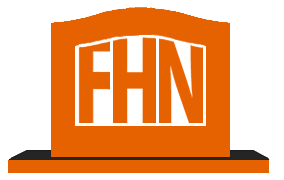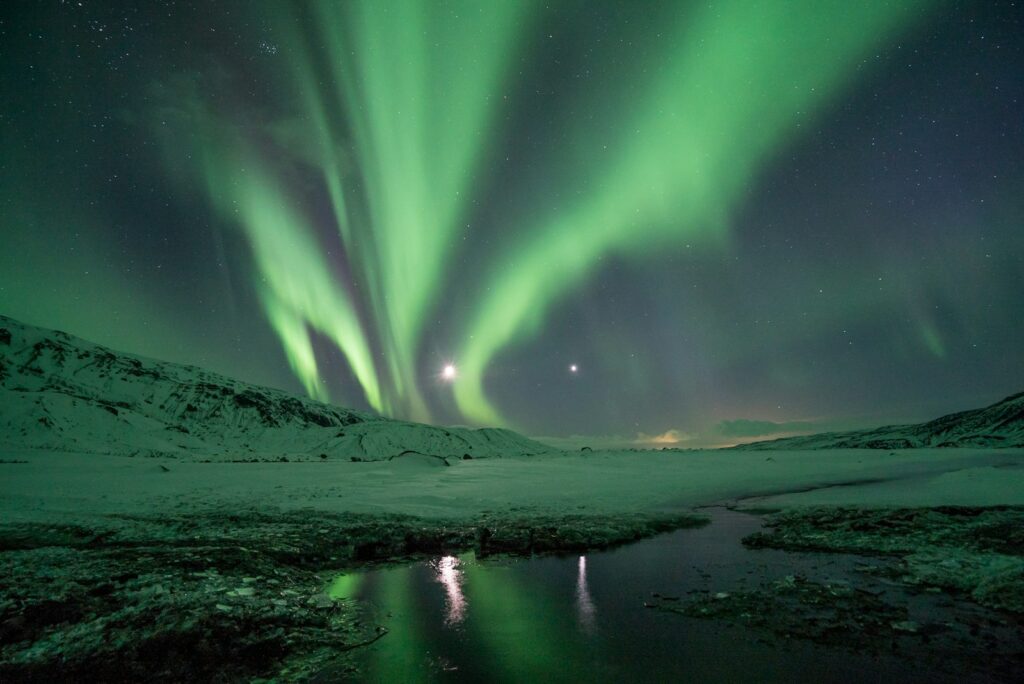Canada’s northern territories—Nunavut, the Northwest Territories, and the Yukon—present unique challenges when it comes to funeral practices. Remoteness, cultural traditions, and limited infrastructure all contribute to shaping funeral preferences. While burial remains the dominant practice, cremation is gaining ground in certain areas. This article explores the burial and cremation preferences in the North, with a focus on cultural perspectives, modern trends, and the associated costs in northern cities.
Cultural Perspectives on Burial and Cremation
Indigenous Traditions
Indigenous communities in Canada’s North continue to favor traditional burial methods due to their deep cultural and spiritual ties to the land. The practice of returning the body to the Earth represents a vital aspect of many Indigenous belief systems. Burial ceremonies often involve drumming, singing, and other traditional rites, all meant to honor the deceased and maintain the continuity of life and death cycles.
Historically, the Inuit in Nunavut buried their dead in shallow graves because of permafrost conditions, often using stones to cover the graves. These customs still exist in some form today, though modern cemeteries have become more common.
Christian Influence
Christianity has significantly influenced funeral practices, particularly among non-Indigenous communities. Catholic and Protestant services remain common, with traditional burial following a church service and graveside rites. Families often opt for burial because it aligns with religious views about resurrection and eternal life.
Shifting Trends
Cremation is becoming a more popular choice, especially in urban centers like Whitehorse and Yellowknife, where cremation services are available. Some families opt for cremation due to the environmental benefits and lower costs compared to burial. However, in many remote areas, burial remains the more practical choice due to the lack of crematoriums and the logistical challenges of transporting the deceased to distant facilities.
Modern Trends in Funeral Practices
Environmental Considerations
The environmental impact of traditional burials, such as land use and the long-term maintenance of gravesites, is increasingly being questioned. As awareness grows, some families are choosing cremation for its lower environmental footprint, though concerns remain about the emissions involved in the process. Burial, however, continues to be seen as a more culturally appropriate and accessible option, particularly in rural and Indigenous communities.
Urban vs. Rural Differences
The growing acceptance of cremation is most notable in urban centers like Whitehorse, where facilities are available. However, in rural areas and smaller towns, burial remains the dominant practice due to logistical and cultural reasons. Cremation services are limited or nonexistent in some regions, making burial the more feasible option for families.
Cremation and Burial Costs in Northern Cities
Both burial and cremation come with costs, and these vary significantly across the northern territories. Cremation is often seen as a more affordable option in southern Canada, but in the North, the limited availability of cremation facilities adds to the cost. Similarly, burial costs are influenced by land availability, location, and additional services like grave digging and maintenance.
Here’s a breakdown of the typical costs for both burial and cremation in key northern cities:
| City | Direct Cremation | Cremation with Ceremony | Burial Costs | Comments |
|---|---|---|---|---|
| Whitehorse, Yukon | CAD $1,500–$2,500 | CAD $3,500–$6,000 | CAD $5,000–$10,000 | Burial includes cemetery plot, grave digging, and headstone. Cremation services are available locally. |
| Yellowknife, NWT | CAD $2,000–$3,000 | CAD $4,000–$6,500 | CAD $6,000–$12,000 | Burial is more common, and prices can be higher due to remote location. Limited cremation facilities. |
| Iqaluit, Nunavut | Not available locally | Not available locally | CAD $7,000–$12,000 | Cremation requires transport to southern cities, adding significant costs. Burial remains the dominant practice. |
Burial Costs in Northern Cities
Whitehorse, Yukon:
- Burial Costs: CAD $5,000–$10,000
- This cost includes purchasing a cemetery plot, grave digging, and a headstone. The cost can vary depending on the location within the city and the type of cemetery chosen (public vs. private).
Yellowknife, Northwest Territories:
- Burial Costs: CAD $6,000–$12,000
- Burial is still the preferred method, and the cost reflects the remote nature of Yellowknife. Cemetery plots, grave preparation, and other related services add to the overall cost.
Iqaluit, Nunavut:
- Burial Costs: CAD $7,000–$12,000
- With no cremation services available locally, burial remains the most common option. Due to the permafrost, specialized equipment is often needed to dig graves, adding to the cost.
Cremation Costs in Northern Cities
While cremation is generally less expensive than burial in southern provinces, northern residents often face higher costs due to limited local crematoriums and the need for transportation. For families in Nunavut, where no crematoriums exist, bodies are often transported to Ottawa or other southern cities, resulting in significant additional fees.
Whitehorse, Yukon:
- Direct Cremation: CAD $1,500–$2,500
- Cremation with Ceremony: CAD $3,500–$6,000
- Cremation is available locally in Whitehorse, and direct cremation offers an affordable alternative to burial. For families wishing to hold a memorial service, the cost increases based on the type of service and related expenses.
Yellowknife, Northwest Territories:
- Direct Cremation: CAD $2,000–$3,000
- Cremation with Ceremony: CAD $4,000–$6,500
- Cremation is available in Yellowknife, but with limited facilities. Cremation costs are higher than in southern provinces due to the logistics of operating crematoriums in the North.
Iqaluit, Nunavut:
- Direct Cremation: Not available locally (bodies must be transported to southern provinces, adding CAD $3,000–$5,000 for transportation)
- Cremation with Ceremony: Costs vary significantly depending on transport fees and ceremony arrangements.
- With no crematoriums available in Nunavut, cremation is an expensive option for families. The cost of transporting the body to southern cities significantly raises the overall price.
Weighing Cultural Values and Costs
In Canada’s North, funeral preferences are shaped by longstanding cultural traditions and practical considerations. Burial remains the dominant practice, particularly among Indigenous communities and in rural areas where cremation facilities are limited or nonexistent. However, cremation is becoming a more viable option in urban centers like Whitehorse and Yellowknife, where the availability of services is expanding.
The choice between burial and cremation involves more than just cost—it reflects deeply rooted cultural values, logistical challenges, and a growing awareness of environmental sustainability. Families in northern Canada face unique challenges when planning funerals, whether opting for traditional burial or considering cremation. Ultimately, the decision is influenced by a blend of personal beliefs, cultural traditions, and financial considerations.

